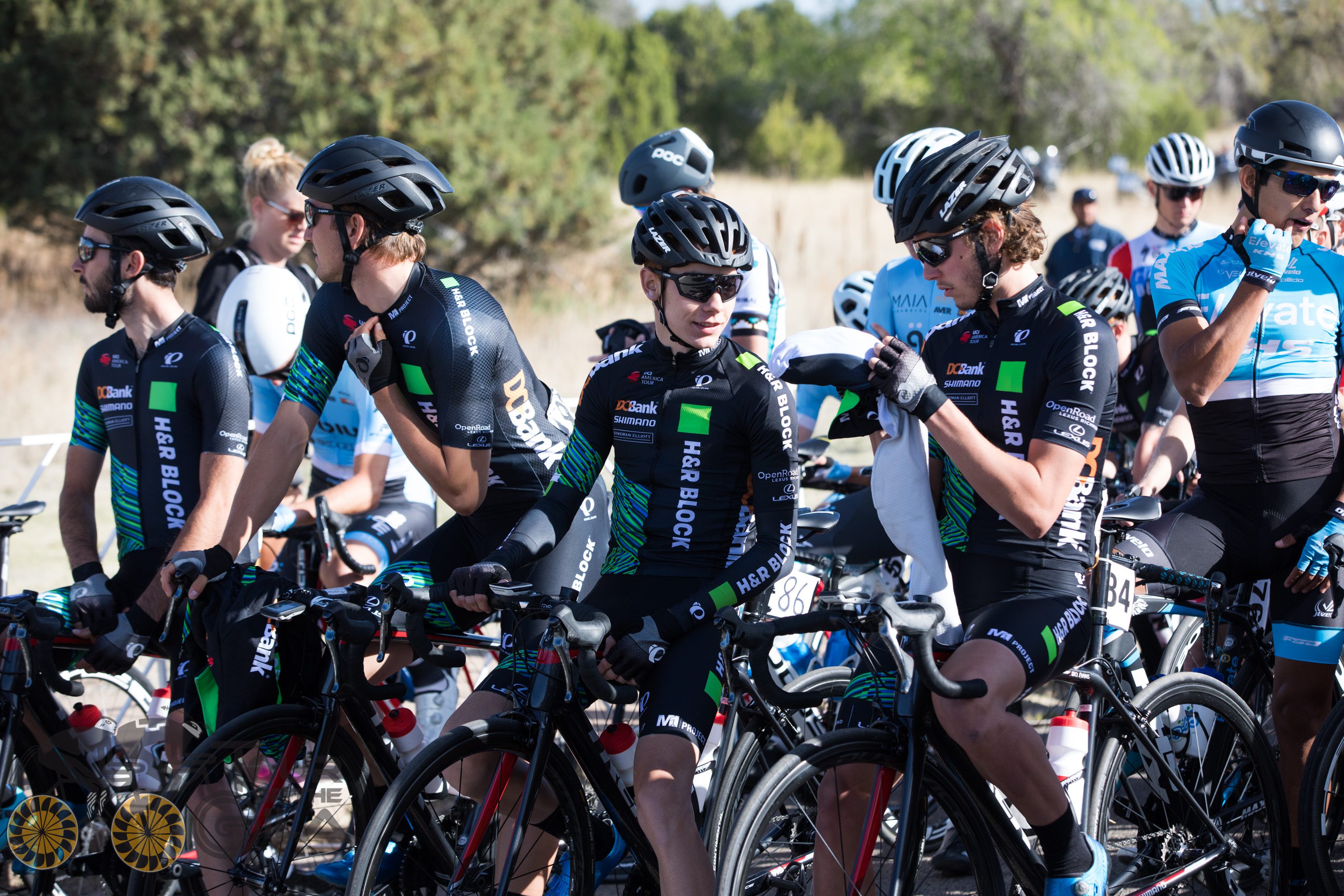Ask Oli: Tour of the Gila, knee pads and cleaning your bike
Thoughts on the first big race of the season and contemplating potential road rash protection

by Oliver Evans

What was your mindset going into Tour of the Gila?
Vivien Rindisbacher, Boston
To be honest, it was something along the lines of: “Uh oh.”
Gila was the hardest stage race I’ve ever been a part of. It was my first race of the year and my first time racing at altitude. I knew it would be hard and didn’t know where I’d stack up.
Going into the race, the bottom line was that I wanted to contribute to a result for the team. My first priority was to play a part, whether that meant getting in a break, fetching bottles or helping with a lead out. My second concern was with finishing the race. Those were my two goals. Of course, beyond those goals, I hoped I’d be strong enough to actually be a part of the race. I really hoped to climb well.
Unfortunately, I didn’t have the legs I hoped I would. I raced well and worked hard for the team, but I’m displeased with my personal performance.
Always wondered, with so much crashing, on the road in particular, why lightweight kevlar elbow, hip and knee protectors are not worn. Is it due to macho-ism? I doubt they would be an impediment to performance would they?
Comment from Sir Cranksalot
Kevlar protectors would really be an impediment to my tan lines. I can’t have that.
In all honesty, I think that losing skin is an accepted part of the sport. It may seem silly, but that’s it. I’ve never thought about racing with that sort of protection before.
I’d definitely be aware if I had something on my knees.
In order for racers to wear this sort of protection, a rule would have to implemented by the UCI. Helmet use by professionals was only made mandatory in 2003 after the death of Andrei Kivilev. Before that, helmet use was only advised, and many racers didn’t wear one. While I don’t think there should be a rule for us to wear protection, that’s what it would take. We don’t wear it because we don’t have to and don’t want to.
How do you clean your bike after riding in sub-zero temperatures?
Currie Gillespie, Winnipeg
When it’s too cold to use the hose, I’ll use a brush and rag to remove as much of the grime/snow/water as I can before taking my bike inside. In Winnipeg, I always had a big sheet on the ground. I’d park my bike there to catch any other water that dripped off. I’d take a clean rag and wipe off whatever’s left, then quickly wipe the chain and floss the cassette, and toss some lube on.
Really, the key is to prevent any rusting. If there’s salt on the road, it’ll be on your bike and you need to remove it.
Some people shower with their bikes. That’s probably a pretty effective method. However, I tried this once when I was younger and left a lot of black marks on the enamel of the tub. I spent more time cleaning the tub afterwards and decided never to do that again.
Oliver Evans is a 19-year-old cyclist from Winnipeg, who is currently based in Victoria. He races on the road with H&R Block Pro Cycling.
